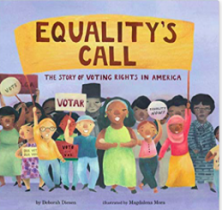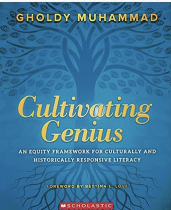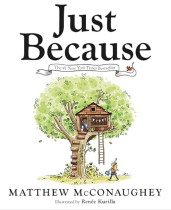This semester I have the honor and privilege of working with the Kindergarten Team of the Carnegie Mellon Children's School as part of my pre-student teaching practicum requirement. Last week, I was fortunate enough to attend three days of curriculum development at Carnegie Mellon. Not only was I impressed by the diversity of teachers, but I was impressed by the willingness of the teachers to collaborate and move as one unit. The first day, the staff discussed their budget plans as well as safety policies and methods. A Carnegie Mellon Campus office attended one of the seminars to discuss the importance of childhood safety and the changes they were making to the Carnegie Mellon Children’s School due to the recent events involving school shootings. Each of the classroom doors on campus will have individual locks from the inside and the outside. In addition, a new keypad was put on all the doors and cameras were also inserted that record who is coming in and out of the school at any given time. Although the meeting made a lot of the teacher’s anxious, it was a good reality check and emphasized the hard-work that goes into making any school safe for all students.
The following days, I received packets of information relating to sensory processing disorders, reviewed the individualized education plans of specific students and discussed methodology with my cooperating teachers. In addition, I cut name tags, learned to use the Carnegie Mellon Database, and helped to organize the classroom environment.
Probably one of my favorite seminars to attend occurred on the third day and involved a nurse discussing the rules of administering medicine as described by the law. This particular meeting erupted in a rather heated argument between many of the teachers as they discussed how many medical reports they should be filling out for each child and which injuries required medical reports to be kept on files and which injuries did not require medical reports. For example: Does a slight bump on the head require a medical report? What if the child bumps his knee or his arm and the bruise develops hours later? Does this still need to be kept on record? It was interesting to record parts of this conversation because it truly did demonstrate the complexity of medical awareness when working in an early childhood center of any kind. As part of this seminar I was also able to practice measuring medicine using a syringe and I learned what paperwork is necessary to have in order for you to be legally allowed to administer medicine to a child. This seminar was incredibly fascinating.
Something that is truly unique about the Children's School is that it combines rich education methodology with psychological/clinical experts who are pursuing research in the field of child development.
Thus, it is not unusual that many of the psychology students at Carnegie Mellon conduct their research within the children's school for grants, thesis papers and various research projects. One of the ongoing research projects was discussed at the faculty meeting on Friday by a graduate student at Carnegie Mellon. Her work was truly fascinating in that she discussed a child's attention span depending upon environmental conditions (high stimulating vs. low stimulating environments.) Twelve children were taken into a mock classroom with the Children's School and were taught a lesson. The first time, students were brought into a room with only the materials that were needed for the lesson and nothing else. Thus, they found themselves in a low-stimulating environment. Students were then measured on how well they were able to retain this information through a pencil and paper test. Students were then placed in a high stimulating environment (lots of posters hanging around the room) and were asked to complete the same pencil and paper test. In both studies, students were measured on how well they were able to focus their attention.
The study found that in low stimulating environments, students are less likely to become distracted by the environment. However, they sometimes replace the environmental distraction with peer distraction. Conversely, when students were put in a high stimulating environment, they were more distracted by their environment. Although it is impossible to rid a classroom environment of all distractions, this study concluded that a high stimulating environment does more harm than good within a classroom even though incidental learning may occur.
I am ecstatic to be working with such a positive group of teachers. I know I will come out of this experience a lot more prepared to teach Kindergarten. In addition, I will learn to understand the undeniable link between educational research and solid educational practice. This three day seminar allowed me to grow as a pre-professional and gave me insight into the “behind-the-scenes” work that goes on before the children begin their first day of school.










